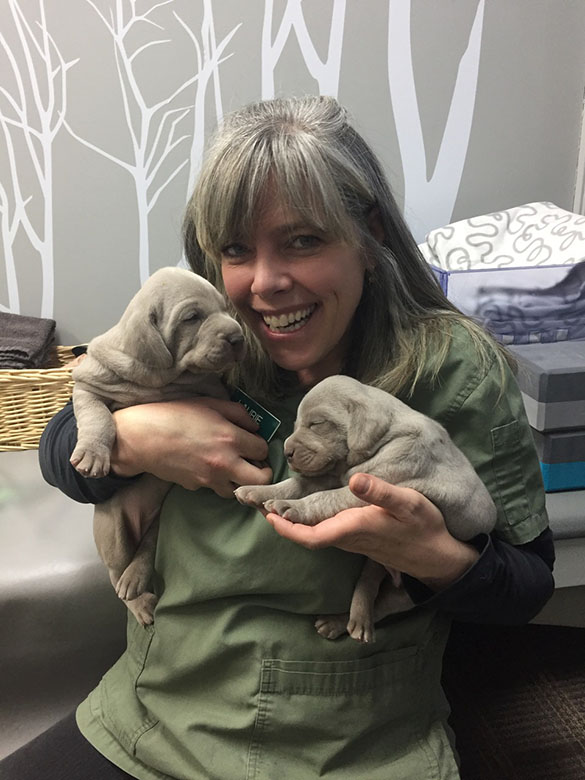Laurie's Blogs.
Sep 2025
Exploring Canine Behavior and Cognitive State in Physical Rehabilitation of Non-ambulatory Spinal Cord Patients

Physical rehabilitation (PR) has become a cornerstone in veterinary medicine for managing spinal cord injuries in dogs, helping to improve muscle elasticity, joint mobility, nerve health, and even cardiopulmonary fitness in non-ambulatory patients. A recent conceptual analysis by Stephanie A. Thomovsky and Niwako Ogata, published in Frontiers in Veterinary Science (2021), delves into an often-overlooked aspect: the role of a canine’s behavior and cognitive state in the success of PR following spinal cord injury.
The Growing Role of PR in Veterinary Care
Over the past two decades, PR has gained significant traction, with over 110 facilities in the U.S. offering services by 2014. Spinal cord injuries, accounting for 2% of veterinary cases, are a primary focus, encompassing conditions like intervertebral disc disease and spinal fractures. While the biological benefits of PR are well-documented, the psychological and social dimensions have received less attention.
Biopsychosocial Perspectives: Lessons from Human Medicine
Drawing from human physical therapy, the authors adopt a biopsychosocial approach, integrating biological (injury severity), psychological (behavior, mental health), and social (support systems) factors. In humans, barriers such as depression, anxiety, poor fitness, and lack of social support are known to hinder PR success. Specific interventions addressing these issues improve outcomes, suggesting a similar framework could benefit canine patients.
Applying the Model to Canines
The study explores whether canine cognitive and behavioral factors—such as breed, age, sex, physical fitness, personality, and home environment—impact PR outcomes. For instance, a middle-aged Dachshund may adapt well to immobility, while a Doberman might struggle mentally, reflecting breed-specific behavioral tendencies. A fit Border Collie may engage more enthusiastically in exercises than a sedentary Basset Hound. Stress from prolonged hospitalization and loss of independence further complicates recovery, varying by individual temperament.
Research on dogs with idiopathic epilepsy and syringomyelia highlights behavioral changes (e.g., anxiety, pessimism) linked to medical conditions, underscoring the need to assess cognitive states in spinal injury cases. Socially, a dog’s role within the family and the caregiver burden on owners—manifesting as emotional strain, financial stress, and guilt—also influence PR adherence and success.
The FLAG System: A Veterinary Adaptation
To objectively assess these factors, the authors propose a veterinary adaptation of the human “flag” system (Table 1). Red flags indicate severe neurological deficits (e.g., lack of deep pain sensation), orange flags signal depression or lack of motivation, yellow flags denote behavioral issues like anxiety that impede participation, and black flags highlight financial or owner commitment barriers. This system aims to guide PR professionals in tailoring assessments and plans, considering both canine and owner dynamics.
Implications and Future Directions
Incorporating biopsychosocial perspectives could enhance PR planning and predict outcomes more accurately. The study calls for future research to validate these factors’ impact on canine rehabilitation, potentially revolutionizing how veterinarians & animal rehabilitation therapists approach non-ambulatory spinal cord patients.
For animal health professionals, this analysis emphasizes a holistic evaluation, blending clinical data with behavioral and social insights. As PR continues to evolve, understanding the canine mind and its environment may be as critical as the physical therapy itself.
Reference:
Thomovsky SA, Ogata N. (2021). A Canine’s Behavior and Cognitive State as It Relates to Immobility and the Success of Physical Rehabilitation in the Non-ambulatory Spinal Cord Patient. Front. Vet. Sci. 8:599320. doi: 10.3389/fvets.2021.599320.


